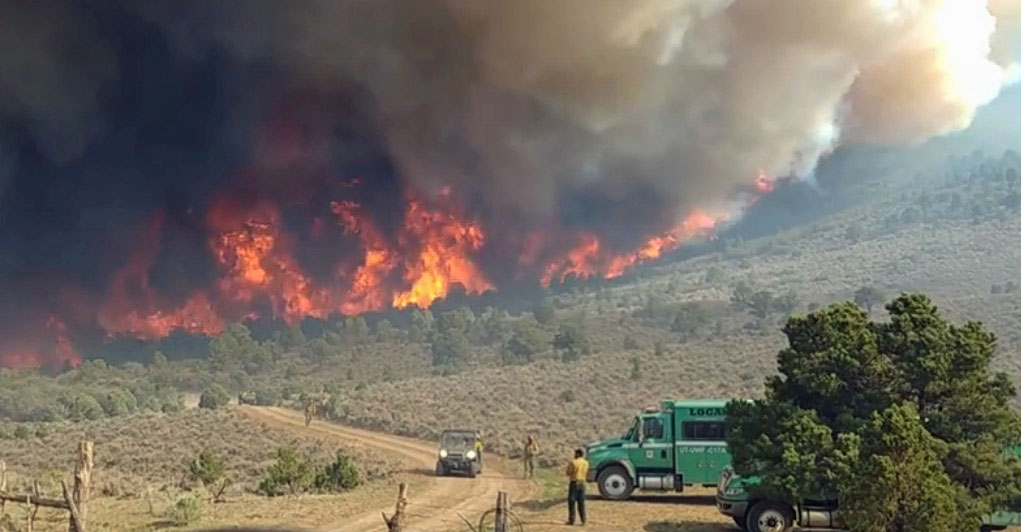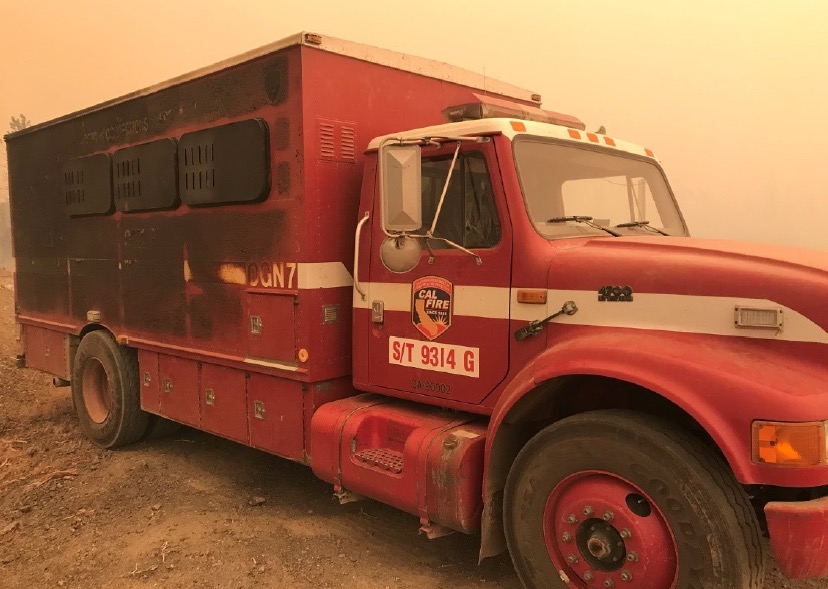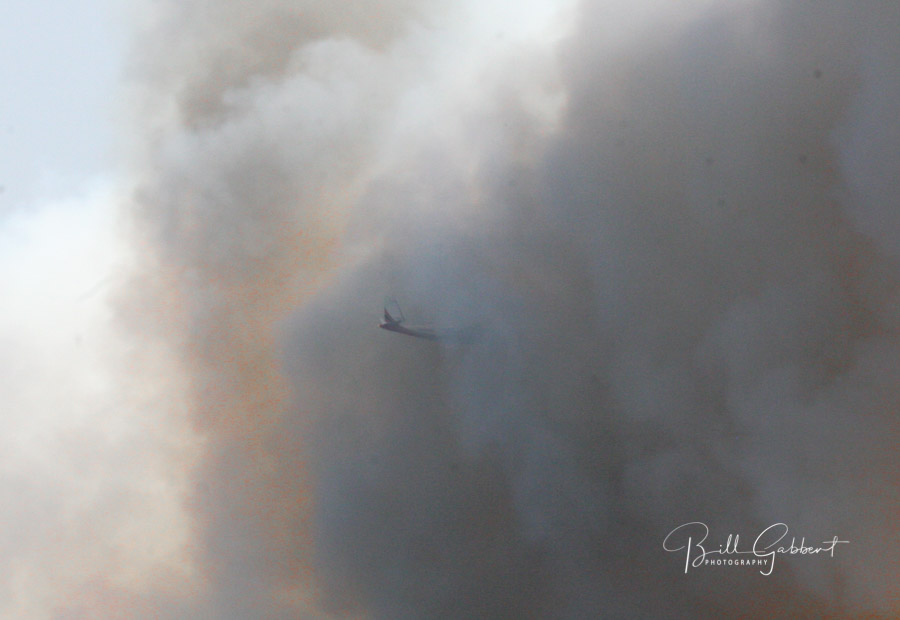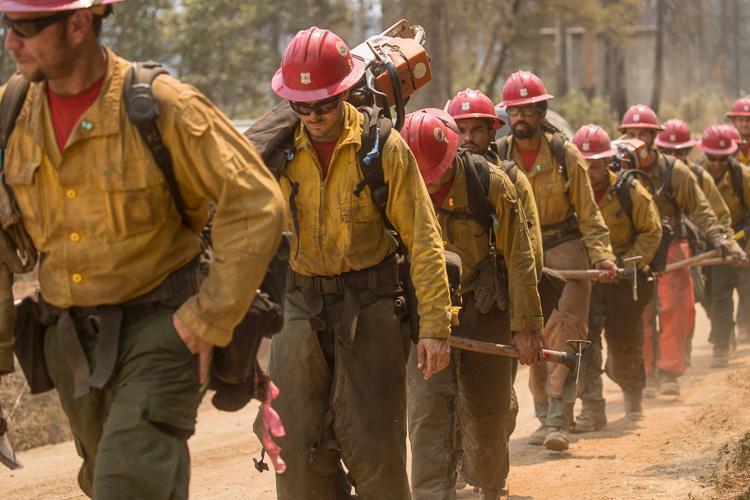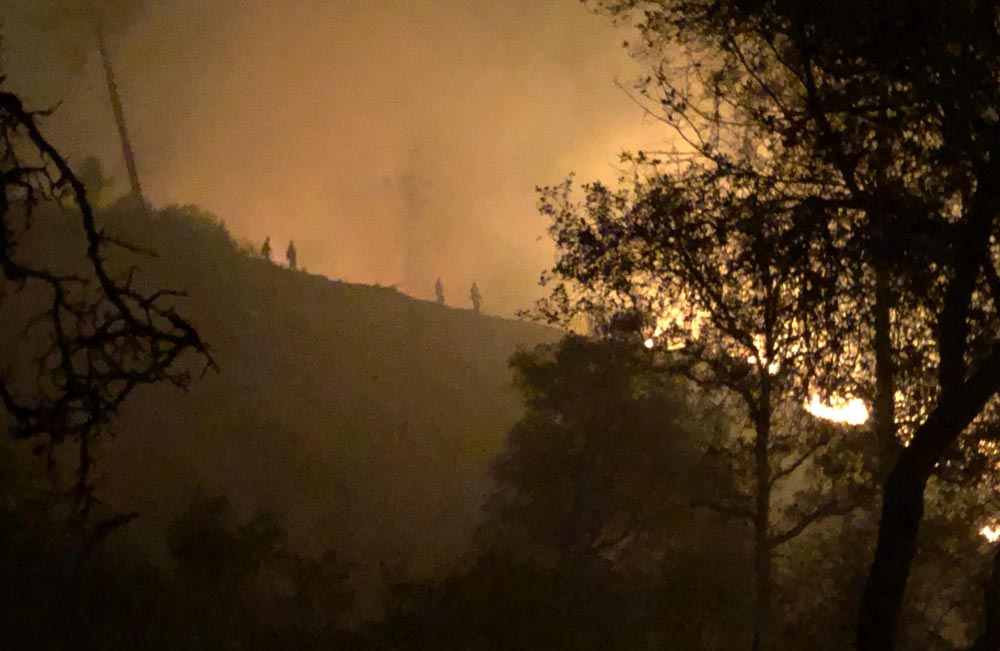
It has been a while since we wrote in detail about what in 2013 we first called the Holy Grail of Wildland Firefighter Safety.
It is a system that could track in real time the location of firefighters AND the fire, all displayed on one screen. This data should be available in real time to key supervisors and decision makers in the Operations and Planning Sections on fires. Knowing the positions of personnel relative to the fire would be a massive step in improved situational awareness and could reduce the number of firefighters killed on fires. Too often firefighters have been surprised, overrun, and sometimes killed by a rapidly spreading wildfire when they did not know where the fire was and/or their supervisors did not know the correct, actual location of the personnel.
Not everyone on a fire would need to monitor the location data all the time, but at least one person should be given the responsibility to be sure that a rapidly spreading wildfire does not overrun the location of firefighting resources. Darkness, smoke, and terrain can obscure the location of the fire from firefighters on the ground.
A drone orbiting high over the fire far above air tankers and helicopters could use near infrared cameras to see through smoke. A safety officer, for example, could be given the duty of ensuring that firefighters are not surprised and become entrapped by flames. Depending on the size of a fire and its activity it might only take one person to be sure firefighters are in safe positions. More complex or more active fires might need more.
Several times the report on the Mendocino Complex issued last week mentions that firefighters did not know for sure where the fire was. In addition, for a while no one knew where the six firefighters were that had been entrapped and were running from the fire. All six of them had suffered injuries and needed to be rescued. It was quite some time before they were located after searching with trucks and a helicopter.
The locations of firefighters could be provided by the newer Bendix-King radios many firefighters are already using that have built-in GPS receivers. Small devices that could fit in a shirt pocket could do the same thing and be provided by the interagency fire warehouse system, shipped to the fire like radio caches. The data could be sent through an on-the-ground mesh network, device to device, and be relayed to a server by cell phone towers or through a receiver on the drone orbiting the fire and then to a cell tower or satellite.
Ideally a safety officer given this duty would be at the fire and would be familiar with the fuel, topography, and weather. But in a pinch, or perhaps during the very early stages of a fire it could be done by a qualified person anywhere, as long as they had an internet connection.
In addition, it is very important for the Planning and Operations Section Chiefs to know in real time where the fire is so they can better plan and deploy resources to locations where they will be the most effective. Often Incident Action Plans are made using obsolete fire location information. By the time firefighters get to their assignment in the field sometimes it becomes obvious that the fire has moved and the plan, tactics, and strategy have to be changed and resources are relocated. Real time situational intelligence will reduce the lag time for deployment of resources to the locations where they are most needed.
Fire Behavior Analysts that could continuously observe the fire with the available video could make much more accurate, valuable, and timely Fire Behavior Forecasts. The fire spread information that their models develop could be displayed immediately on the map, enabling the Operations Section Chief to make better-informed strategic and tactical decisions. Any firefighters that show up in the predicted growth area could be alerted.
The technology to provide real time personnel and fire location information has existed for years. A number of state and local agencies are already using various versions of the location tracking systems. Putting a drone in the sky with an infrared camera above the firefighting aircraft could be done today. Linking these two sources of information so that they can be displayed on a map can be done. The military does this every day, tracking the location of the enemy and the friendly forces. Firefighters lives are just as valuable as soldiers’.
The five federal land management agencies and the states with significant numbers of wildland firefighters need to implement a Holy Grail system as soon as possible. It can save lives. There is no acceptable excuse for not getting this done. Government officials that drag their feet on this should have trouble sleeping at night.
Some Senators and Congressmen have been mocked for their lack of knowledge about technology, but they are way ahead of the five agencies on this issue. The federal fire directors should be embarrassed that it is literally taking an act of Congress to get them to begin using a Holy Grail system.
And, please don’t say this system that can save lives is not necessary, and that all we have to do is to tell firefighters to follow the 10 Standard Firefighting Orders or the other check lists. The Orders have been around for 62 years. Someone just saying “follow them” will not magically make it happen. That has been said millions of times in the last six decades and still, between 1990 and 2015, an average of 17 wildland firefighters were killed each year. Continuing to do the same thing while expecting different results is not realistic.
I’m not saying the Orders should not be followed. They should be. But continually saying “follow them” has still resulted in too many fatalities. We need to do that, and a lot more.

